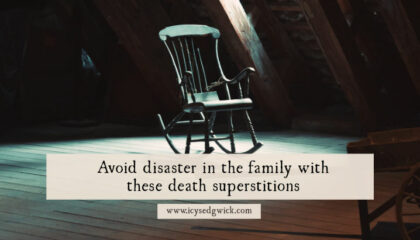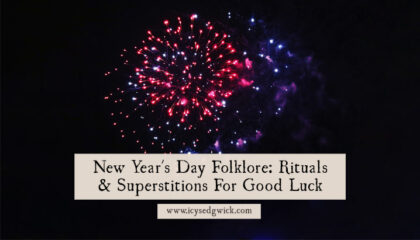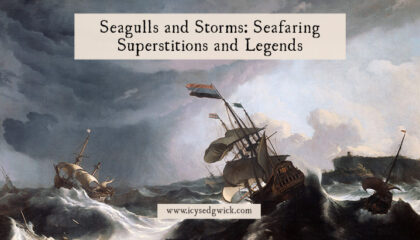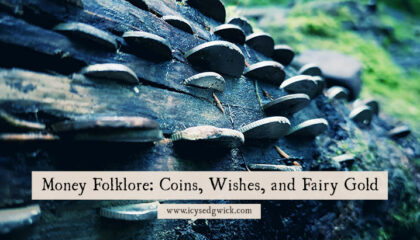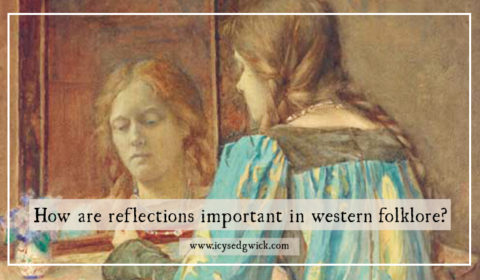Death superstitions provide a common theme throughout folklore. It’s hardly surprising. Before the advent of modern medicine and health and safety, communities may have felt more at the mercy of life’s whims. Following superstitions gives an element of control. Indeed, many of them also have mundane roots. Hanging a dish cloth over a door knob […]
superstitions
New Year’s Day Folklore: Rituals & Superstitions For Good Luck
New Year’s Day is perhaps one of the longest-running days to be celebrated since we’ve had a calendar. Marking the end of one year and the beginning of another, it offers a secular reason for people to celebrate together. It’s been a time associated with gift-giving, visiting friends, and attempting to predict the fortunes of […]
Seagulls and Storms: Seafaring Superstitions and Legends
It’s hardly surprising that mariners would have a host of seafaring superstitions and folklore about sailing. In earlier centuries, bad weather, poor communications with land, and disease could bring havoc to any journey. Folklore both preserves ideas about what sailors feared and provides protections to keep dangers at bay. What sounds like superstition to us […]
Money Folklore: Coins, Wishes, and Fairy Gold
Love, health, and money are perhaps three of the most common topics for divination and magic. Despite the fact that practising magic to find treasure or money was a crime under England’s 1542 Witchcraft Act (McDowall 2013: 254). But it’s not surprising that money folklore would focus on how to use money for luck—or to […]
Autumn Superstitions: Conkers, Roses, and Falling Leaves
Here in the northern hemisphere, autumn is certainly one of the most stunning seasons. We watch the trees discard their summer finery while the world prepares for the slumber of winter. In 1819, John Keats considered it to be the season of “mists and mellow fruitfulness”, and waxed lyrical about the ripe fruit, and the […]
How are reflections important in western folklore?
Mirrors form a huge part of popular culture, and films like Snow White or Mirror, Mirror play on their magical properties. While it’s beyond the scope of this post, mirrors also play a part in scrying. Here, a practitioner gazes into a dark mirror (often a slice of obsidian). They don’t look for reflections, but rather […]
